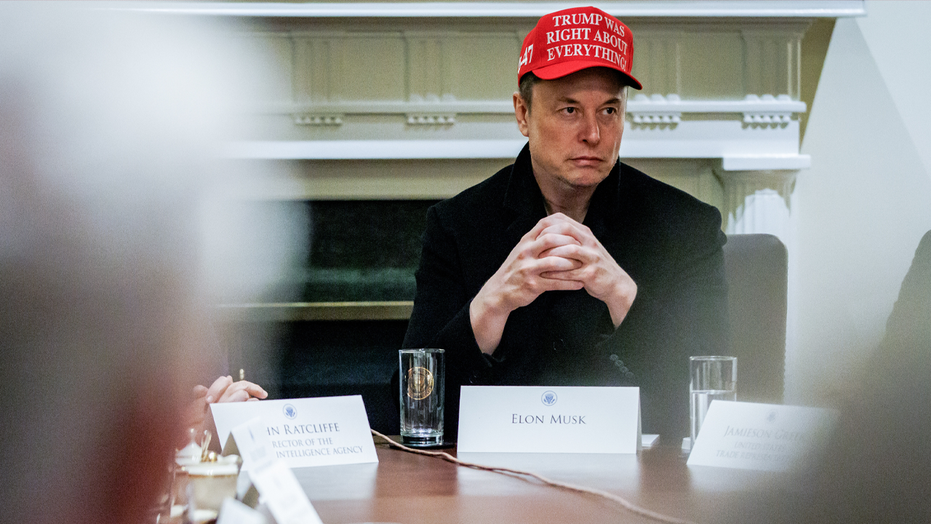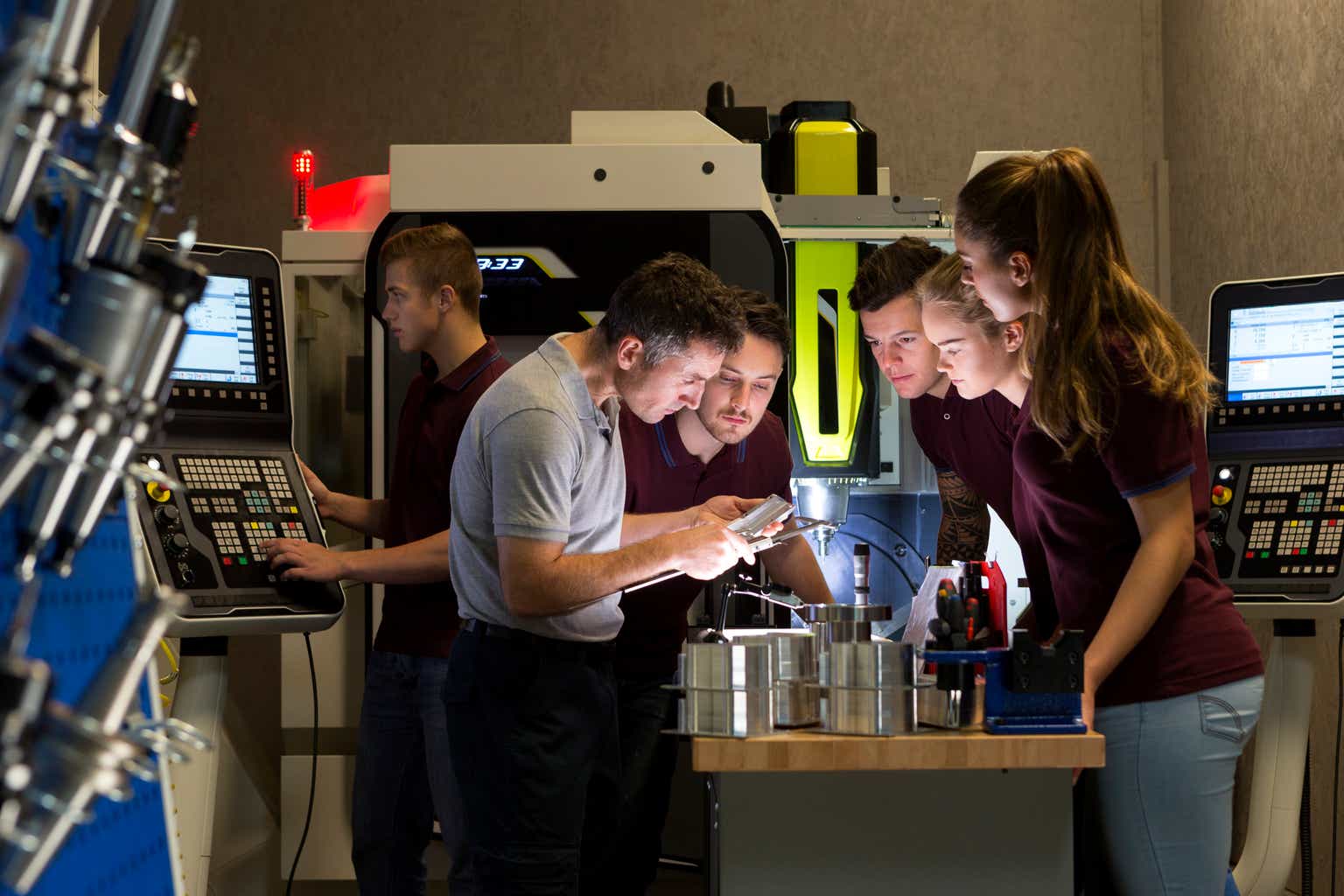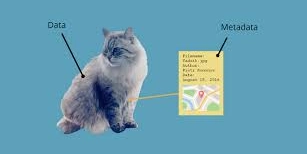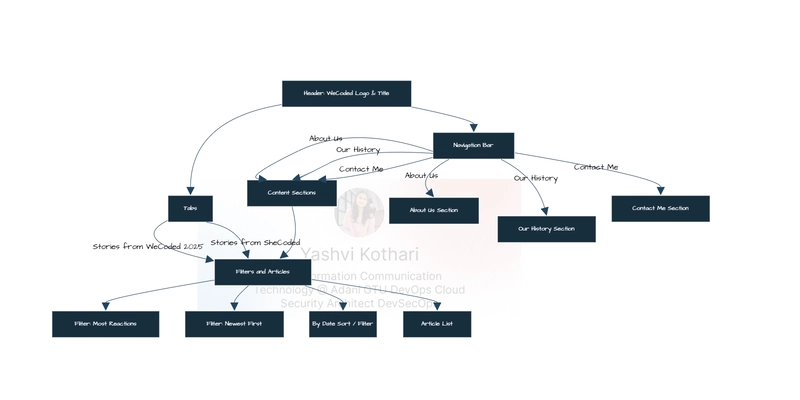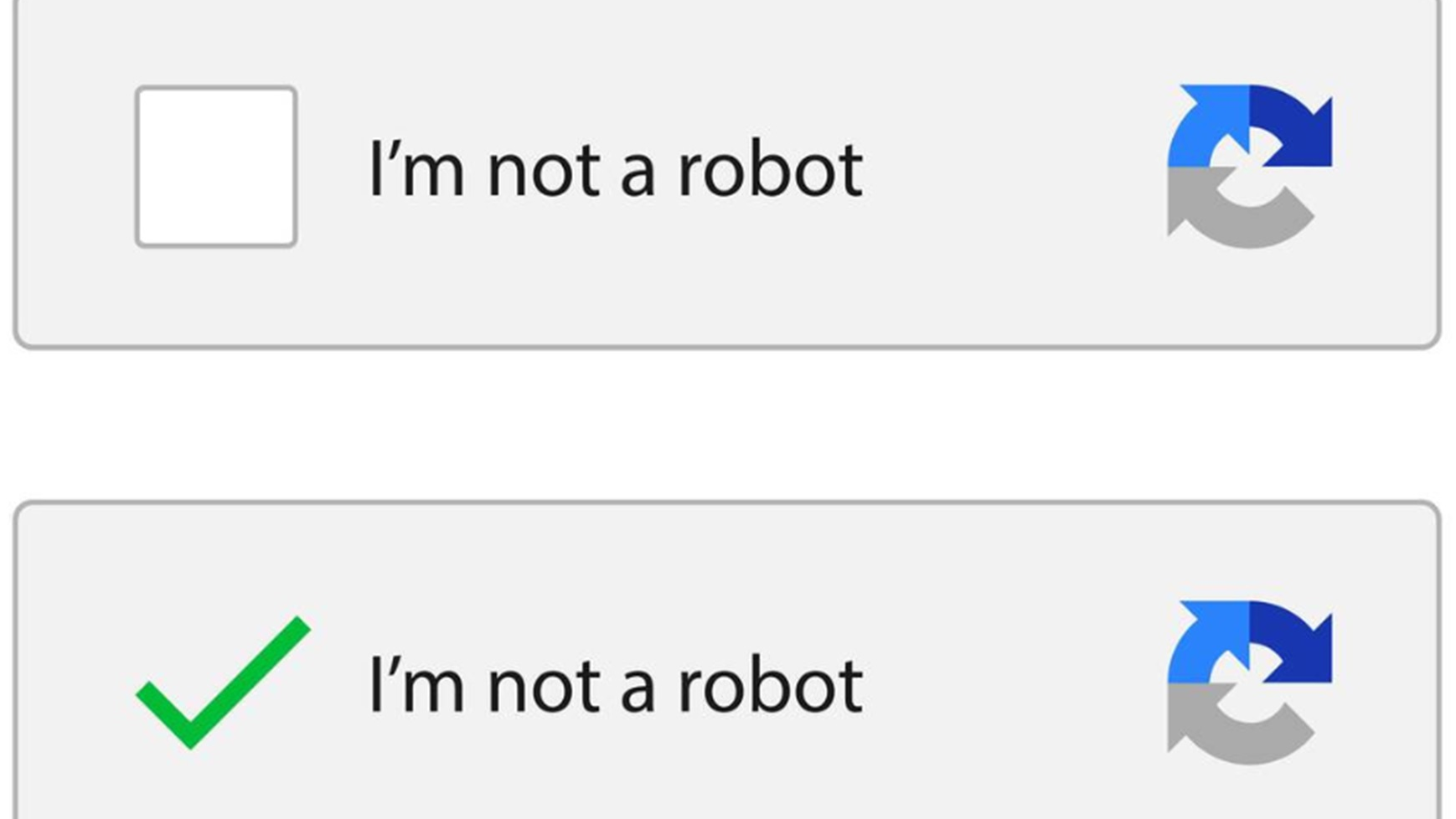AI may help us cure countless diseases – and usher in a new golden age of medicine | Samuel Hume
AlphaFold, which uses AI to find a protein’s structure, has only been around since 2020 but has already had a meteoric impactAlphaFold might be the most exciting scientific innovation of this century. From Google DeepMind, and first reported in 2020, it uses artificial intelligence to figure out a protein’s 3D structure. The technology has already been used to solve fundamental questions in biology, awarded the Nobel prize (in chemistry – to Demis Hassabis and John Jumper) and revolutionised drug discovery. Like most AI, it’s only getting better – and just getting started.A protein’s structure gives us clues about its function, and helps us design new drugs. AlphaFold, which was trained on a huge database of experimentally solved structures called the Protein Data Bank, predicts a protein’s structure based on its amino acid sequence.Solving a decades-old problem: the structure of the nuclear pore complex, one of the biggest structures in the cell. This complex is the guardian of entry to the nucleus, which holds the cell’s DNA. It’s implicated in cancer, ageing and neurodegeneration – and now we know what it looks like at the atomic level.Finding a new liver cancer drug. In a lab (not in patients), the drug, which targets the cancer protein CDK20, prevented liver cancer growth.Helping to design a “molecular syringe”, which delivers a therapeutic protein payload into human cells.Samuel Hume is a fellow at The Foulkes Foundation and pursuing PhD in the University of Oxford’s department of oncology Continue reading...

AlphaFold, which uses AI to find a protein’s structure, has only been around since 2020 but has already had a meteoric impact
AlphaFold might be the most exciting scientific innovation of this century. From Google DeepMind, and first reported in 2020, it uses artificial intelligence to figure out a protein’s 3D structure. The technology has already been used to solve fundamental questions in biology, awarded the Nobel prize (in chemistry – to Demis Hassabis and John Jumper) and revolutionised drug discovery. Like most AI, it’s only getting better – and just getting started.
A protein’s structure gives us clues about its function, and helps us design new drugs. AlphaFold, which was trained on a huge database of experimentally solved structures called the Protein Data Bank, predicts a protein’s structure based on its amino acid sequence.
Solving a decades-old problem: the structure of the nuclear pore complex, one of the biggest structures in the cell. This complex is the guardian of entry to the nucleus, which holds the cell’s DNA. It’s implicated in cancer, ageing and neurodegeneration – and now we know what it looks like at the atomic level.
Finding a new liver cancer drug. In a lab (not in patients), the drug, which targets the cancer protein CDK20, prevented liver cancer growth.
Helping to design a “molecular syringe”, which delivers a therapeutic protein payload into human cells.
Samuel Hume is a fellow at The Foulkes Foundation and pursuing PhD in the University of Oxford’s department of oncology Continue reading...
